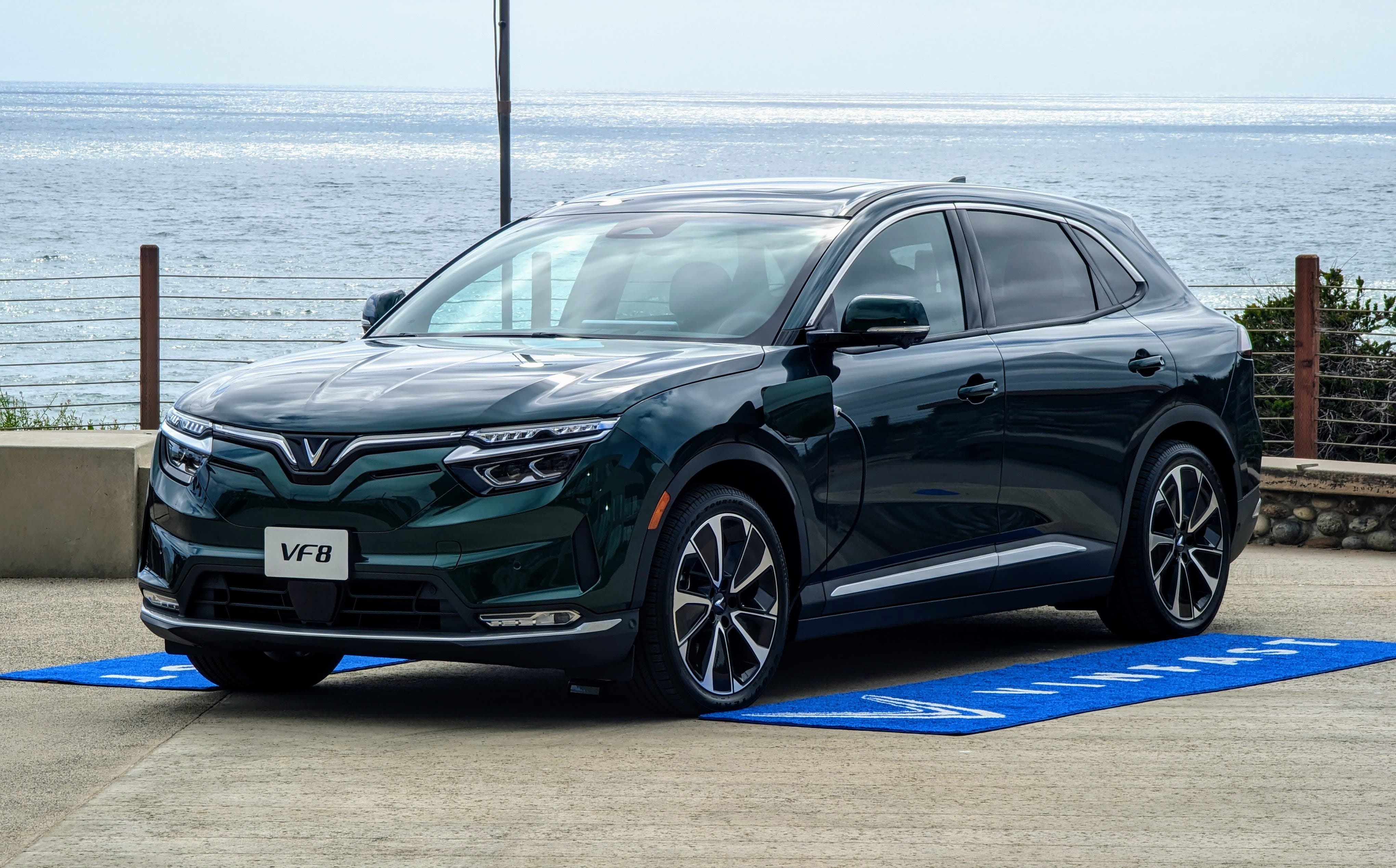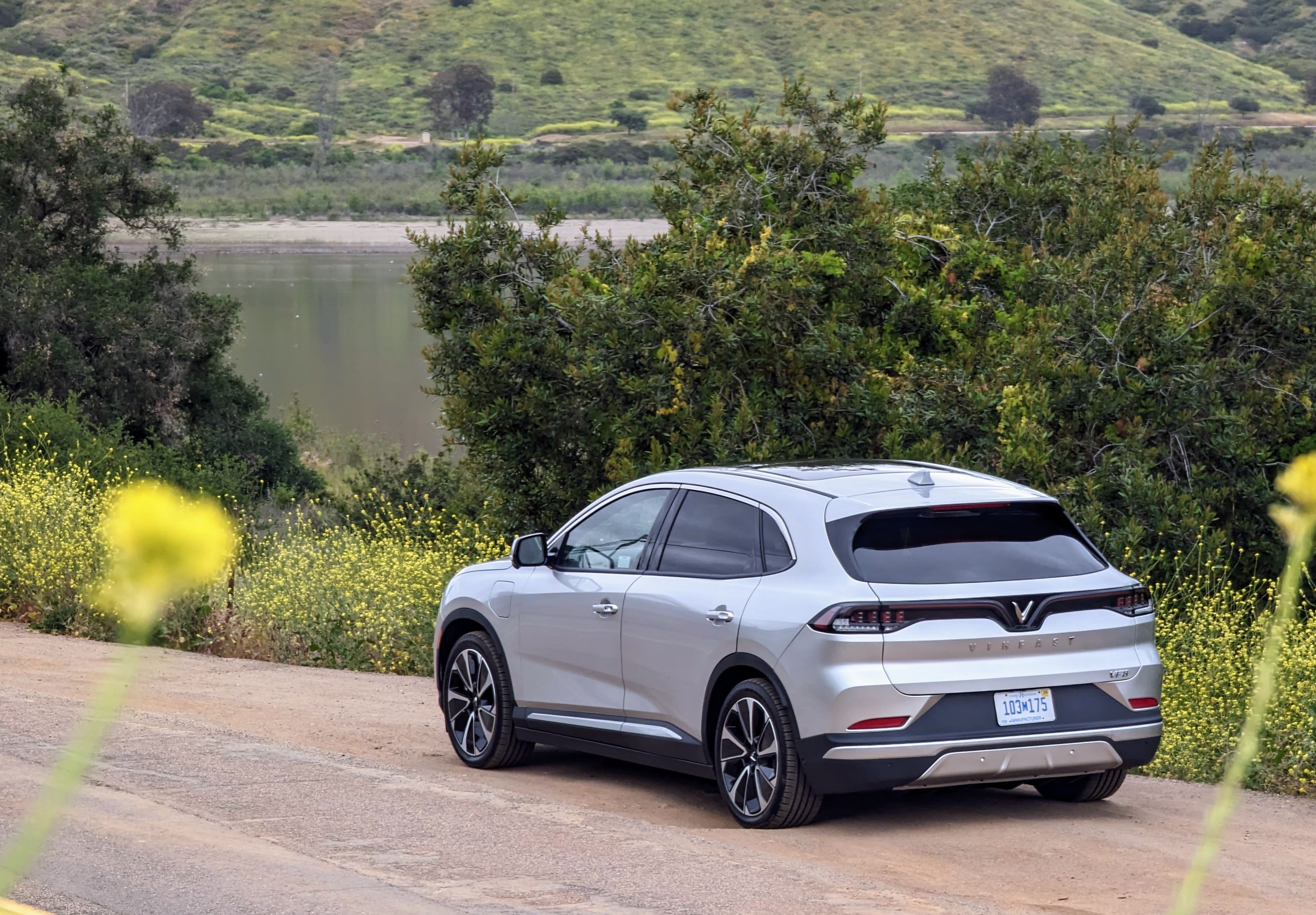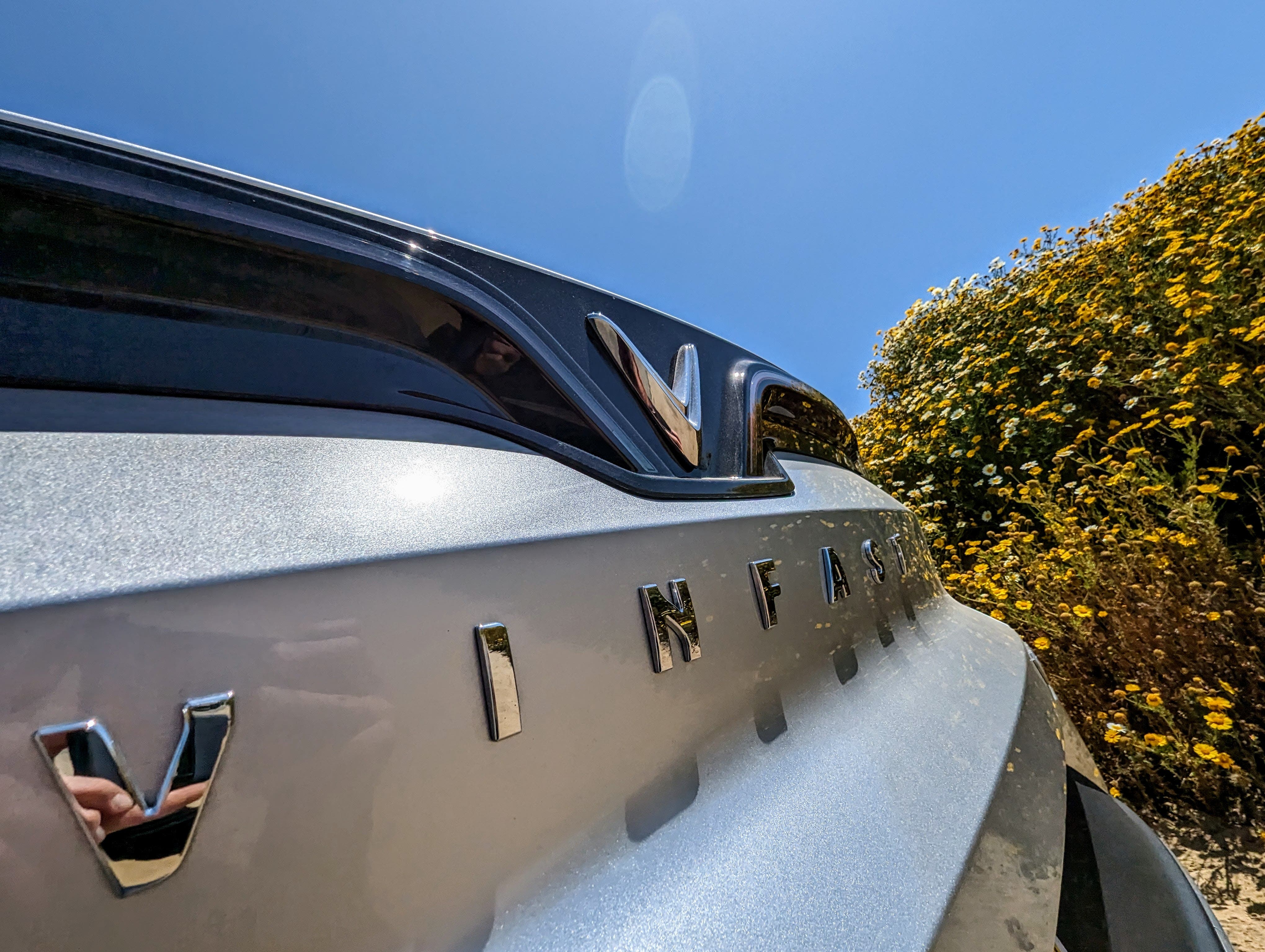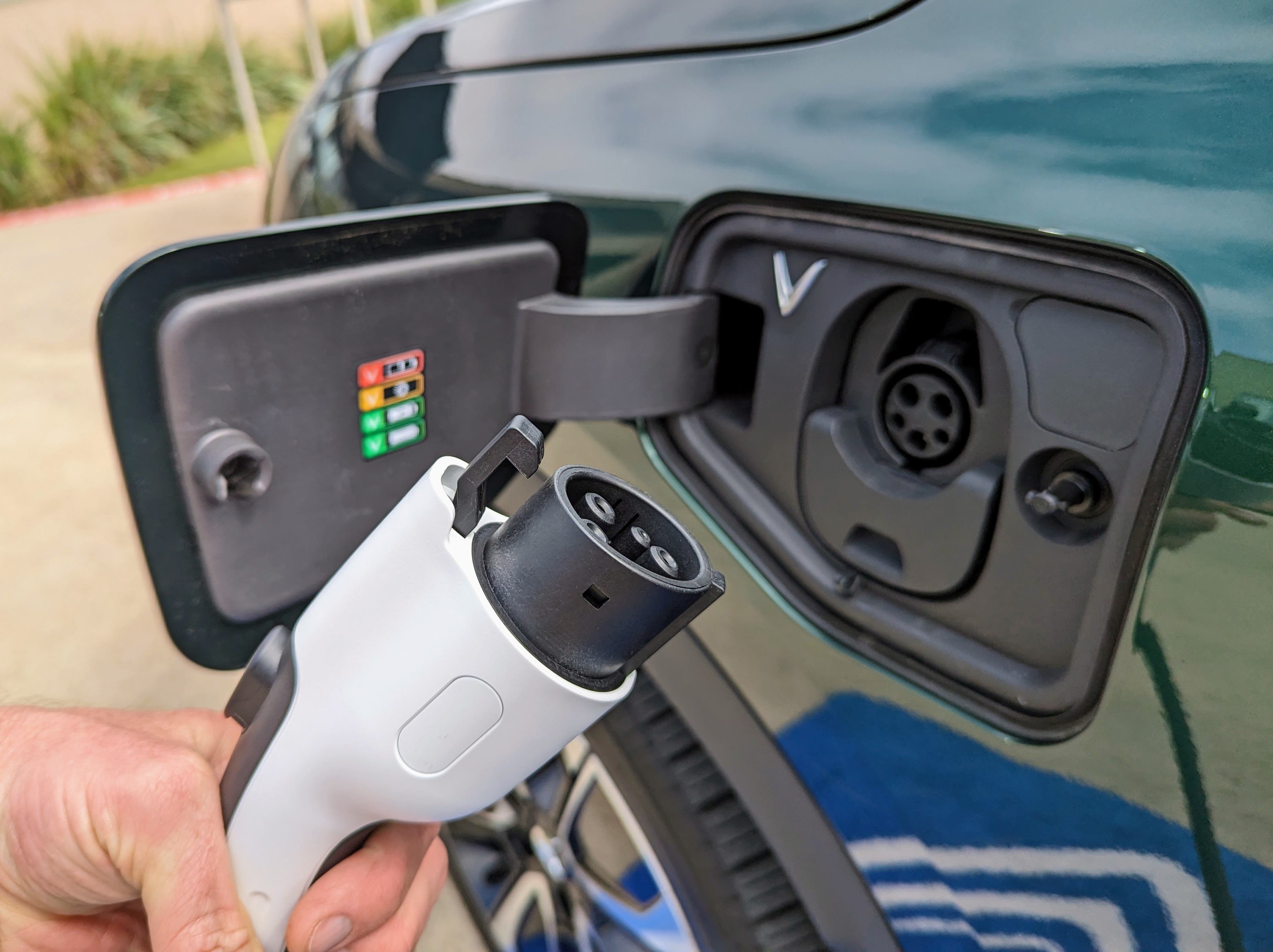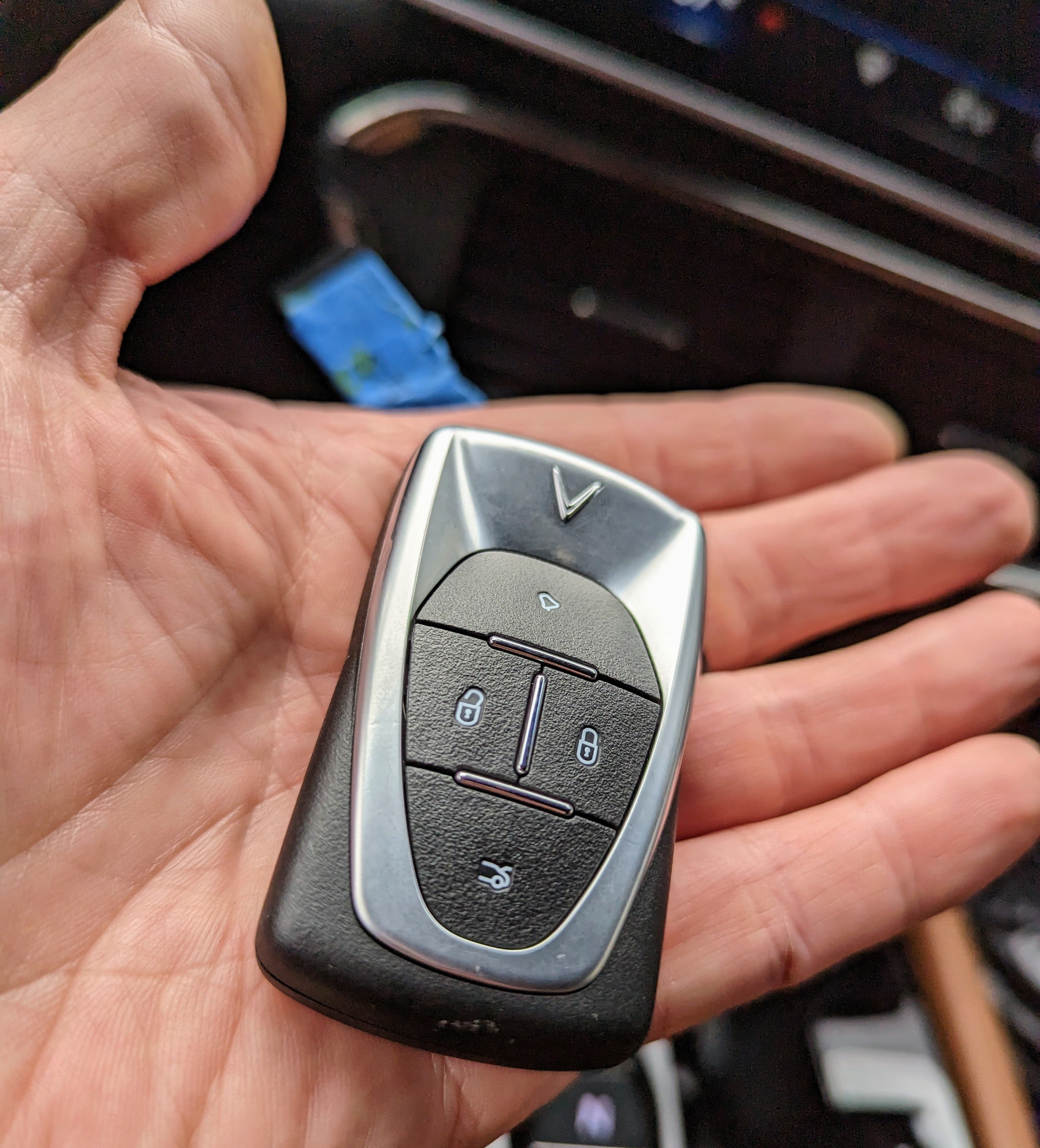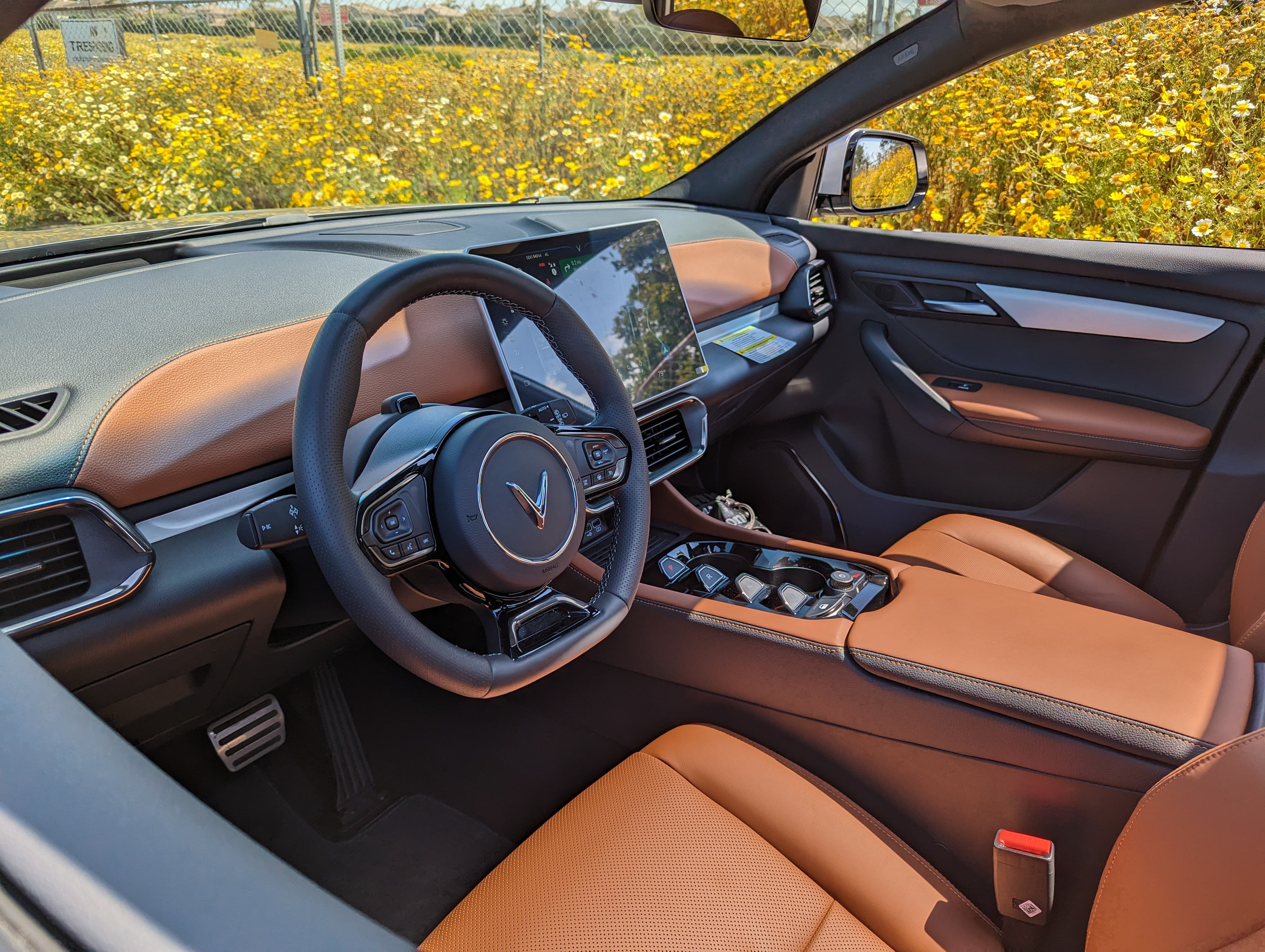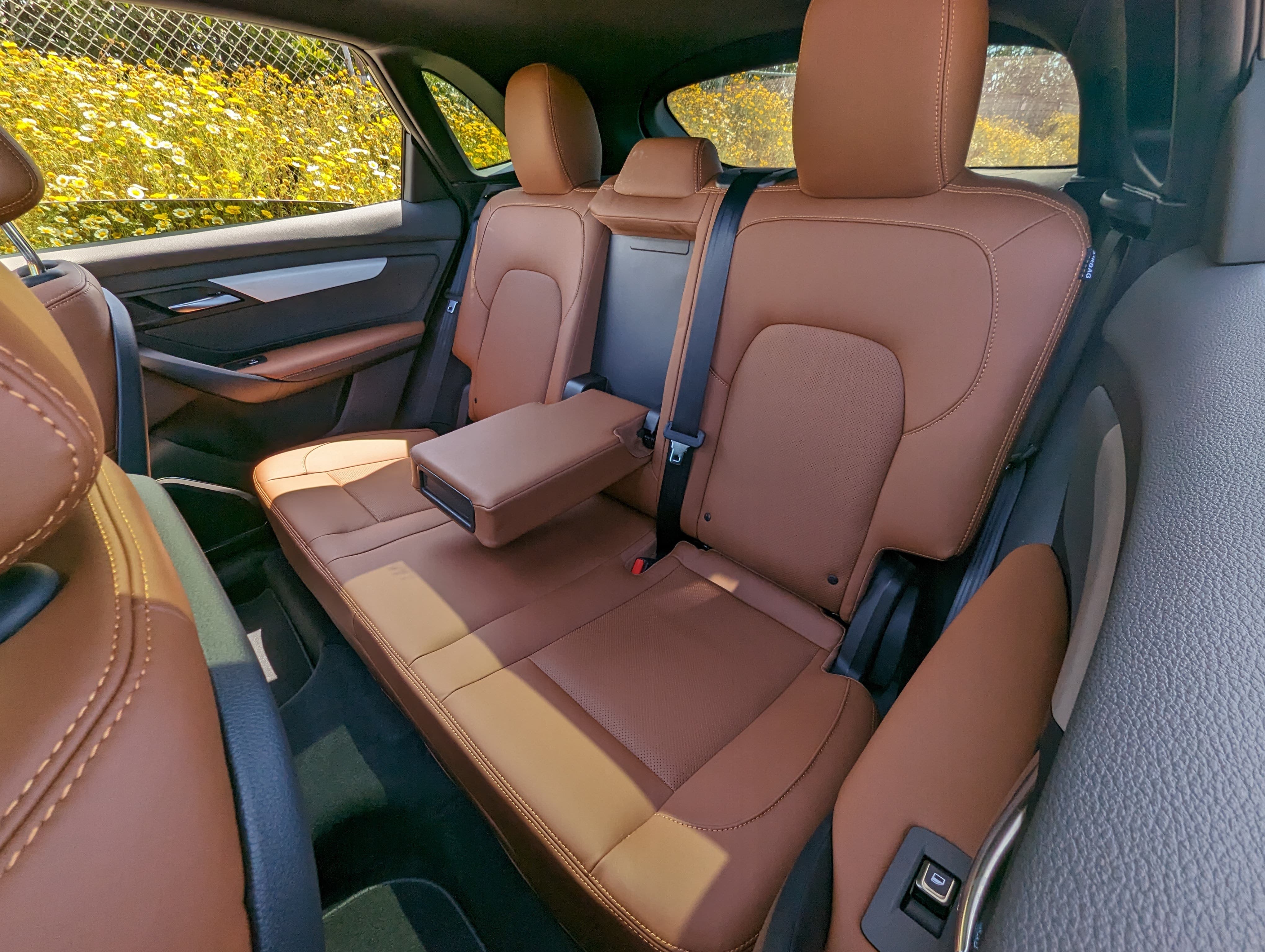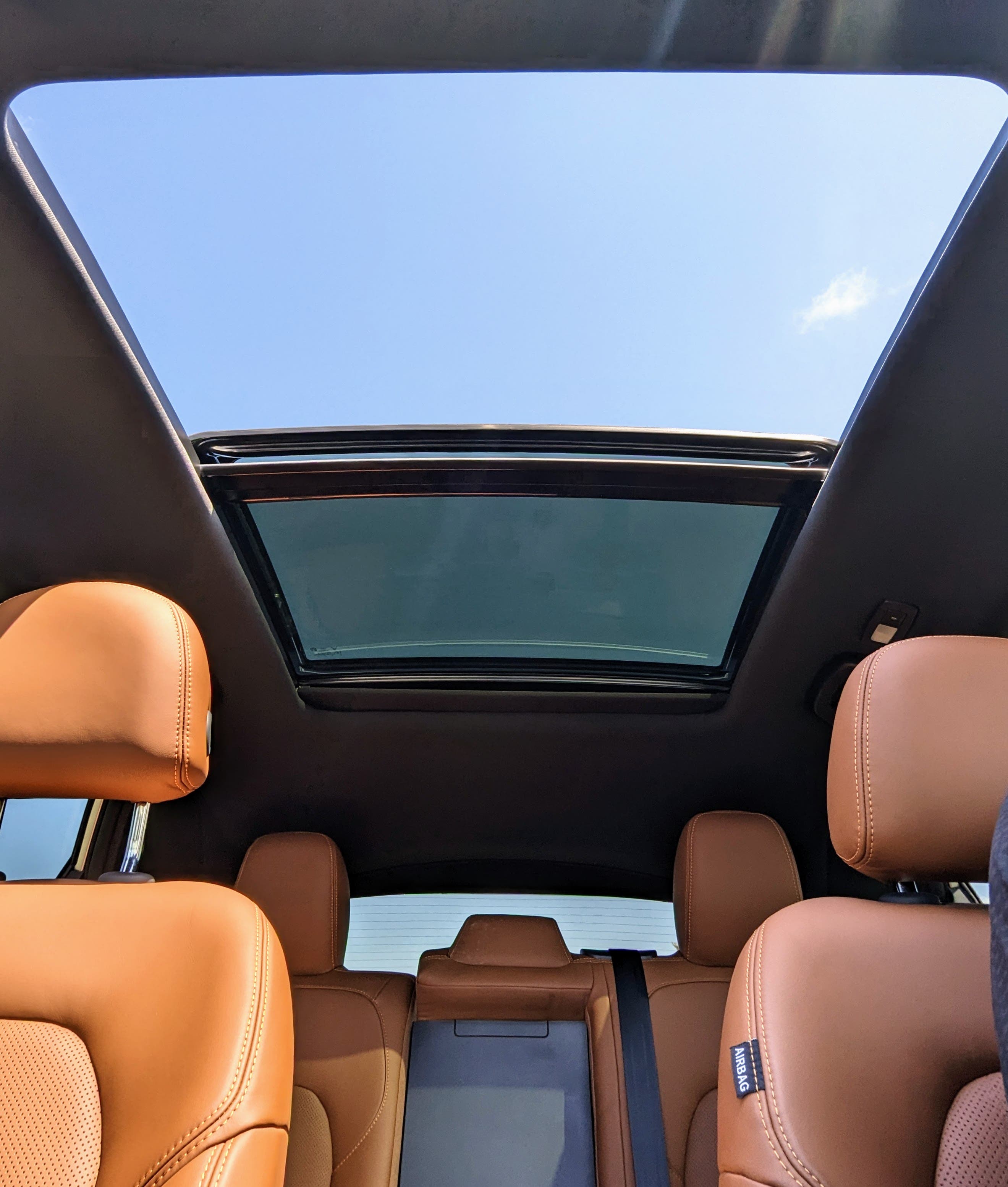
At a time when most phones were capable of recording video, the original Apple iPhone wasn’t able to. The capability was added in future revisions, and today, the iPhone is one of the best-selling smartphones in history.
The original Tesla Roadster came with an inelegant push-button shifter and a charging standard that was left to rot on the vine. It single-handedly opened the eyes of the world to the potential of electric vehicles and ushered in the age of zero mission transportation.
The Tesla Model 3 promised to be the first high volume, low cost electric vehicle from the premium automaker. Regen in the originally configured Model 3 left a bit to be desired, with a standard regen setting causing some passengers in the vehicle to get nauseous as many new-to-electric vehicle drivers found it difficult to strike the right balance between the regen’s strength and acceleration with a single pedal. This was later fixed in one of the many software updates to the vehicle pushed out over-the-air.
VinGroup built up its VinFast automotive company around a line of rebranded BMWs that quickly established VinFast as a top tier automotive company inside Vietnam. VinFast quickly identified battery-electric vehicles as the technology of the future, and just a few years after the company’s founding in 2022, it shuttered its entire combustion vehicle lineup with a hard cut over to producing only zero mission battery-electric vehicles.
VinFast is moving at a breakneck pace that’s left the vehicle primed to lead the charge into global markets a bit rough around the edges. At the same time, the VF8 City Edition has improved significantly from the early builds we drove in Vietnam just last year. The rapid pace of innovation and improvements gives a reason to believe in future possibility for VinFast and the VF8, but likely not a reason to buy yet.
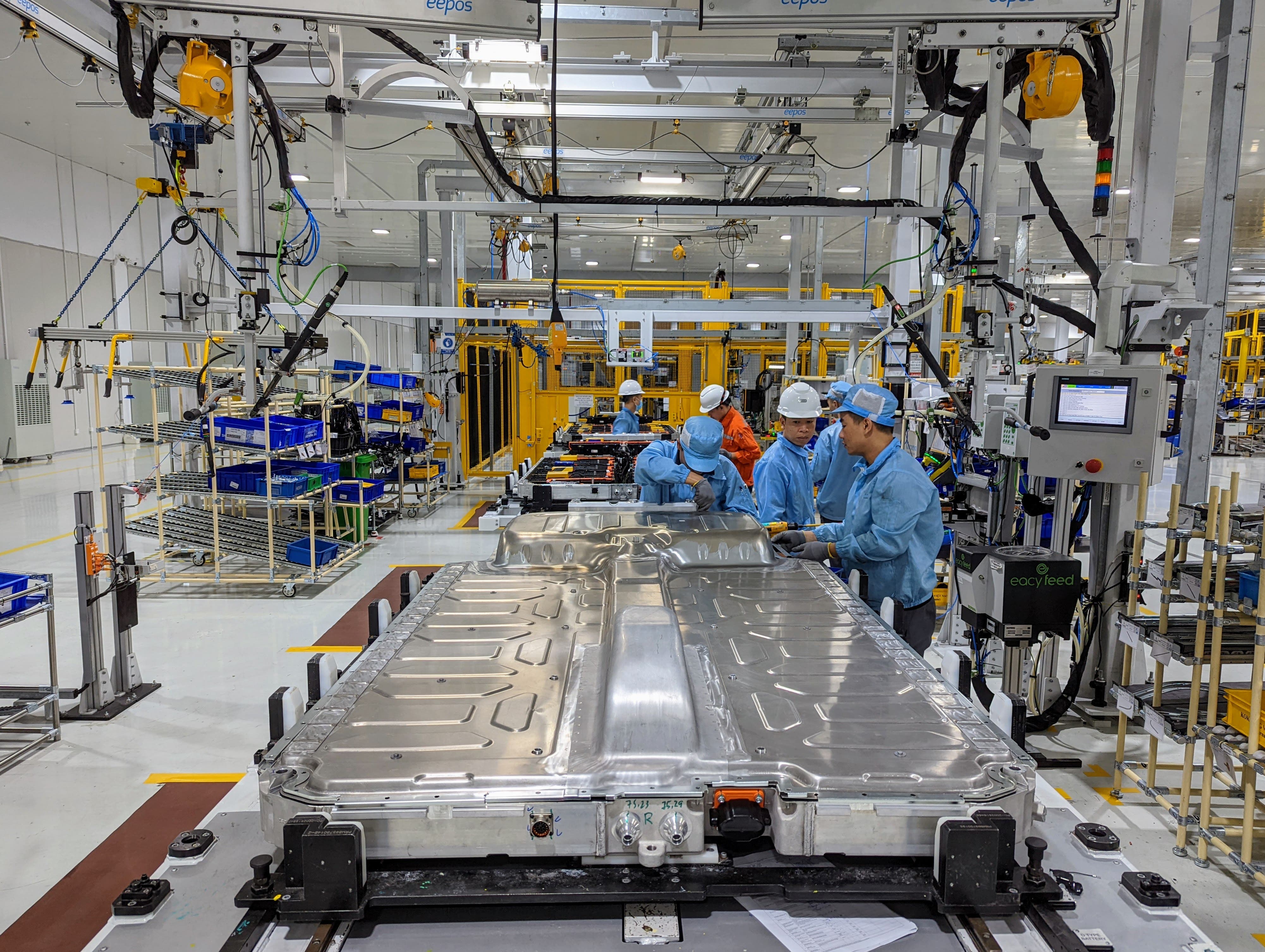
The VinFast VF8 battery pack assembly line at the Hai Phong, Vietnam Image credit: Kyle Field, CleanTechnica
VinFast built a few EVs for the domestic market before selecting the VF8 to spearhead its attack on the global market. We had our first opportunity to test drive the VF8 in Vietnam in July of last year and found it capable but lacking inspiration. Earlier waves of journalists were given barely working prototypes with serious gaps not only in design, but with defects in the base functionality as a car.
Earlier this month, VinFast hosted the first US and Canadian journalists at a followup ride-and-drive event for the VF8 City Edition in Encinitas, California, at the Alila Marea Beach Resort. When the invite to the event arrived, we wondered what could have possibly changed with the VF8 in 10 short months that warranted a followup event.
VinFast gave us the usual slideshow presentation about the vehicle, with performance specs, range, charging speeds, etc. from its subject matter experts and C-suite executive team. It’s helpful background, but we really made the trek down to the event to get our hands on the production version of the VF8 City Edition to see what it looks like as a production-spec, made for the USA vehicle.
The contrast between the vehicles we drove in Vietnam and the production version here in the United States was massive. Aesthetically, the VF8 City Edition is the same, with its looks bestowed by renowned Italian design house Pininfarina. Jumping into the driver’s seat of the vehicle, we shifted the car into drive with the awkward center console push button shifter (maybe it’s a throw back to the original Tesla Roadster?) and idled on out of the parking area onto the open road.
We let the throttle rip and were pleasantly surprised by the responsive throttle and quick acceleration. It was a stark contrast to the uninspired performance of the VF8s we drove in Vietnam. We started out driving in Sport Mode, and after playing with Normal Mode and Eco, we realized there was very little to distinguish between them.
Regen in the VF8 City Edition was noticeably rough around the edges, with a rapid regen curve that resulted in an uncomfortable swaying of the vehicle front to back if the pedal was let off too quickly. After some digging in the settings screens, we loosened up the regen to allow for comfortable one-pedal driving. Much like in the early Chevy Bolts, regen in the VF8 City Edition was unfortunately not strong enough to bring the vehicle to a complete stop. It’s an unfortunate miss that shows a lack of understanding of the potential of one pedal driving.
The low skateboard battery in the VF8 gives it a nice planted feeling around curves, with a suspension that was pleasant enough for a mid-size battery-electric SUV. The battery helps minimize body roll and keeps everything locked in, while the suspension attempts to strike a balance between comfort and sport. Don’t expect to take this thing to the track, but that’s clearly not what it’s built for anyhow. We found it to be more than up to the task for the combination of city and freeway driving along the canyon route we took for our 3-4 hour drive in the VF8 City Edition.
Speaking of the battery, the range in the VF8 City Edition comes with its own set of questions. It proudly boasts an 82 kilowatt-hour battery under the hood, which somehow only translates to a meager 191 miles for the VF8 City Edition Plus, according to VinFast. VinFast expects the Eco Version of the City Edition to eke out slightly more range per charge, with an expected range of 207 miles per charge.
During our tour of VinFast’s factory in Vietnam, the company was building battery packs out of Samsung cylindrical NMC battery cells. VinFast was in the early stages of building up its own battery cell production factory outside of Hanoi, just a few miles away from the factory we toured in Hai Phong, Vietnam. As one of the core components of electric vehicles, in-house battery cell production is critical for VinFast, and would give it the ability to control the chemistry, cost, form factor, and performance of the battery cells underpinning its vehicles.
Coming out of the factory tour, battery cell production is one of the more exciting areas of VinFast and we will be watching it closely to see how it translates to improvements in pricing, range, and performance. Since that time, VinFast announced it would source full skateboards from battery cell supplier CATL. However it plays out, batteries and their performance form the foundation for electric vehicles, and VinFast is going to have to iron out the inefficiencies in the VF8 if it is going to have a shot at succeeding over the long term.
The VF8 City Edition comes with a J1772 / CCS1 combo charger that makes it feel at home in the US market. At the same time, the recent wave of announcements from Ford, GM, and Rivian make it clear the future of DC fast charging in North America is all but certain to be Tesla’s NACS standard.
As part of the drive route, VinFast let us stop off at an Electrify America station, although when we arrived, the station was physically blocked by a staged VF8 and from what we heard, a software issue on VinFast’s side prevented participants from charging.
The interior of the VF8 City Edition has a premium look to it, but still feels rough around the edges. The seats are especially stiff and offer little in the way of lumbar support. The fit and finish of the interior plastic trim pieces leaves awkward panel gaps and more sharp edges than we’d subject our kids to. These are minor qualms, as the interior largely gets the job done, with a centerpiece being a large 15.6-inch touchscreen display.
VinFast’s infotainment software has improved dramatically from the vehicle we drove in Vietnam. It carries forward the same modern-looking feel, but is now responsive and put together as a single cohesive system. For example, it’s now easy to open the expansive panoramic sunroof by sliding back the glass on a graphical representation of the roof in a way that feels reminiscent of how the Tesla Model S with the panoramic roof used to work.
While driving, the infotainment system was a buzz, with a wide range of alerts that had us looking down at the screen far more often than we’d like. There are clearly a few bugs that still need to be worked out, but by and large the system has made a huge improvement in responsiveness and integration over what we drove a few months back.
The native maps, for example, were completely broken in the vehicle we tested. The app itself hardly loaded and felt like it was ready to crash at any moment. Maps never came up, nor did our location. With most owners likely to use Android Auto or Apple Carplay, this isn’t a critical issue, but it doesn’t excuse the complete lack of execution on the integrated maps solution. Connecting a phone to the car’s Android Auto was seamless and was an overwhelmingly positive experience. Google’s map and navigation software played nicely with VinFast’s system, with easy integration of Spotify and other media players on our phone.
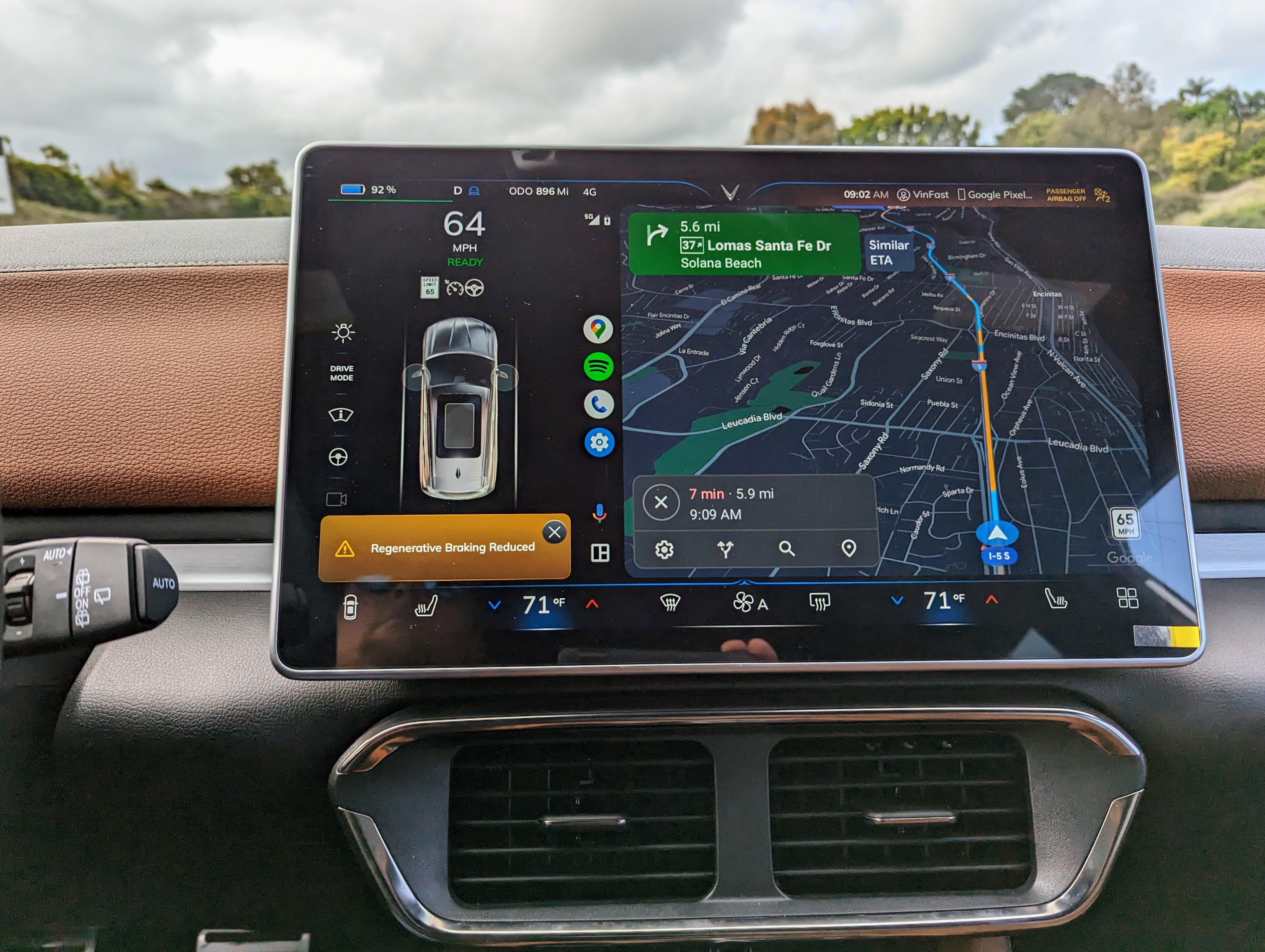
Android Auto easily connected to the VF8’s infotainment system and was well integrated. Image credit: Kyle Field, CleanTechnica
Even if VinFast were to iron out the kinks in the VF8, our biggest point of contention is its price. When we were in Vietnam last year, VinFast was rallying the troops around the idea of a battery leasing model that would keep the cost of the vehicle low and allow any customers that were uneasy about battery-electric vehicles to simply lease the battery.
The pricing model was an attempt by VinFast to offer the vehicle at an upfront price comparable to combustion vehicles. The higher cost of the battery could then be spread out over the life of the vehicle in the form of monthly payments that would feel similar to what customers were used to paying for gasoline. It was a confusing model, and never really took off, although officially, VinFast is still keeping it on the table.
Today, VinFast is offering leases on the VF8 City Edition Eco based on an MSRP of $46,900, and the VF8 City Edition Standard with an MSRP of $52,400. It’s simply not competitive at these prices, and it’s hard to imagine any customers opting for a new technology vehicle from a new manufacturer from a country not known for building cars.
With the recent re-tiering of electric vehicle pricing driven by Tesla’s aggressive push to meet pricing thresholds of the new federal EV incentives, the VF8 City Edition feels out of its depth.
From the improvements we’ve seen in the VF8 in just a few short months, it is clear VinFast has been hard at work to customize it for American drivers and to build it up as a robust platform for global markets. It is still a bit too rough around the edges, with significant improvements needed in performance, the regenerative braking system, the infotainment system, and the fit and finish of the interior.
VinFast is going to have to push hard and fast to build up capability in battery cell and battery pack manufacturing to eke out every last mile of range it possibly can from these vehicles for US customers. Range is king when it comes to EVs, and at these prices — and frankly, with these massive batteries — customers are going to want more.
Nobody said it was going to be easy, and in fact, it is the exact opposite. VinFast selected the US as its first market outside of Vietnam not because they thought it was going to be easy, but because they knew it was going to be hard. VinFast is confident that by continuing to rapidly iterate its products, pricing, and services, it can be successful in the US.
From what we’ve seen of the two different versions of the VF8 we’ve driven, VinFast still has a ton of work to do to get the car ready for mainstream buyers in the US. At the same time, if VinFast continues to innovate and integrate improvements into the VF8 as fast as it has over the past 10 months since we first drove it in Vietnam, the company could have a winner on its hands that’s ready to compete and introduce the world to the world of VinFast in just a few more months.
Any possible success hinges on VinFast’s ability to re-baseline pricing. It is simply not competitive at its current pricing, and doesn’t offer a compelling value equation. VinFast was initially expecting to break ground on its new factory in North Carolina late last year, but has since delayed the move. Bringing battery and vehicle manufacturing to the US will save money on logistics cost and allow it to take advantage of the juicy domestic manufacturing incentives introduced by the Biden administration.
The road ahead is not going to be easy for VinFast, nor is success assured. Stepping back and looking at the history of VinGroup and the rapid progress they’ve made at VinFast, the company is no stranger to taking on the tough challenges. Moving quickly to build up new businesses, refine models, and break down barriers seems to be in its DNA. As with any startup, failure is the most likely end point for VinFast, but there is definitely a reason to believe it can actually pull this hare-brained idea off. It’s definitely a long shot, but just the same, VinFast is stepping on the accelerator and charging forward.
The brand recently announced plans to go public, which seems to stand at odds with its desire to build an automotive company on top of the strength of parent company VinGroup. The stock market, and EV stocks specifically, have taken a beating this year, and it seems like the worst time to raise money by going public, especially through a SPAC. We’ll have to wait and see how that plays out.
Sign up for daily news updates from CleanTechnica on email. Or follow us on Google News!
Have a tip for CleanTechnica, want to advertise, or want to suggest a guest for our CleanTech Talk podcast? Contact us here.
Former Tesla Battery Expert Leading Lyten Into New Lithium-Sulfur Battery Era — Podcast:
I don’t like paywalls. You don’t like paywalls. Who likes paywalls? Here at CleanTechnica, we implemented a limited paywall for a while, but it always felt wrong — and it was always tough to decide what we should put behind there. In theory, your most exclusive and best content goes behind a paywall. But then fewer people read it! We just don’t like paywalls, and so we’ve decided to ditch ours. Unfortunately, the media business is still a tough, cut-throat business with tiny margins. It’s a never-ending Olympic challenge to stay above water or even perhaps — gasp — grow. So …

